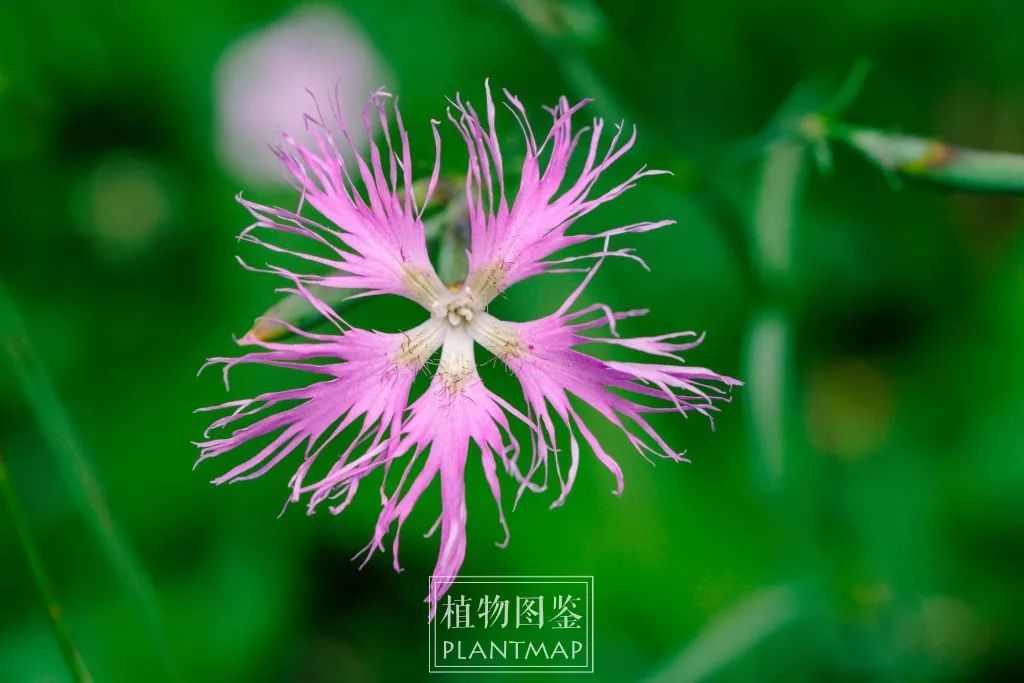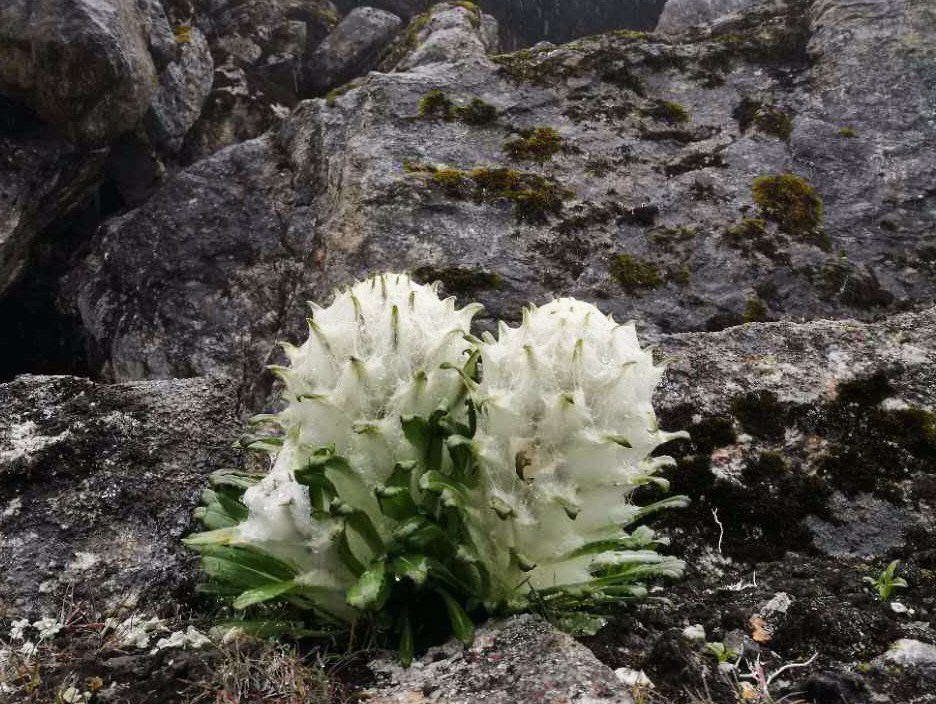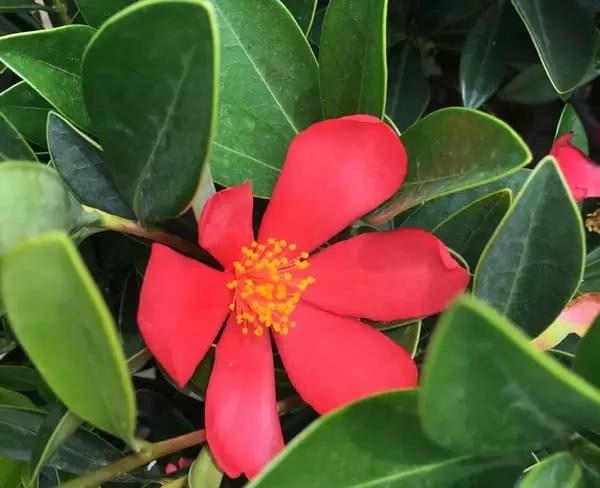The carnation of Qumai tassel petals

In summer and autumn, Qumai (Q ú m à I) can be seen in the high mountains of many provinces.
[Qumai Dianthus superbus] Caryophyllaceae Caryophyllaceae > > Caryophyllum
Yumai is widely distributed, such as on several high mountains in Zhejiang, such as Dongbai Mountain and Baishan Zu, as well as on the meadows of the peaks around Beijing. It can also be seen in the northwest, north China and southwest.
Generally speaking, Liangmai likes to grow on subalpine meadows at an altitude of thousands of meters. Therefore, if you want to see wild Qumai, it is often inevitable to travel across mountains and rivers. However, with the development of China's garden and flower industry, Qumai gradually walked down the mountain and appeared in greening and flower shops.
Wheat bottle insert, extracted from "Jia Chen post and watercolor painting post." Three villages Zhuqing "
Qu Mai in Horticulture
Qumai is a plant of Caryophyllaceae and Caryophyllum. Compared with ordinary carnation flowers, the flower diameter of Qumai is more than twice as large, and its petals are fimbriate. He has five petals, the petals are pink and purple, very long, can have four or five centimeters. The base of the petals is white; the middle part of the pinkish purple begins to deepen, with short villi; the end of the petals splits into fine tassels, and the whole petal looks like a peacock's magnificent screen.
The newly opened wheat flowers are the most beautiful, with full petals and slightly curved tassels, and the whole flower looks very energetic, like a bright woman. But the wheat flowers are too easy to "grow old". After the flowers are withered, the tassel hangs in disarray. Or be tricked by bugs and Rain Water and become dilapidated.
In addition to petals, the calyx of Qumai is also different from that of carnation. The calyx of the common carnation is leaf-like and spreading, while the bracts of Triticum aestivum are not spreading and like scales. If we can pluck away the dense weeds in the meadow, we can find that Qumai is still a tall beauty, the whole plant can be more than half a meter tall and the leaves are slender.
With the exception of XX and long calyx, all plants of the genus Dianthus are called Carnation. So how did the name "Yumai" come from?
According to the textual research of "Reading Notes of Plant names", plant names often use other characters, and this may be the case with "Yi". The author speculates that qu Mai is the same, so qu Mai is Yumai. [1] "qu" has the meaning of "brewable wine". Searching for Qumai wine, there are some "health care" medicinal wines in China. On the other hand, some Japanese brewers use wheat flowers to make "flower yeast", which is used in the brewing of Japanese sake.
Another possibility is that "Ji Mai" means that the seedlings born at the beginning of spring are like wheat seedlings.
[1] Xia Weiying. Notes on the interpretation of plant names. Agricultural Press, 1990. 194 pages
Author: Jiang SB.
Photo: Jiang SB.
This work is licensed under the (CC BY-NC-ND 4.0) license agreement.
Please keep the above statement when reproduced.
- Prev

It is often mistaken for Tianshan snow lotus. Many people venture to pick it but do not know it is worthless.
Some time ago, many people posted a "go-and-go trip" on the Internet, so many people chose to travel and take adventures, and some alpine areas became their destinations. There is nothing wrong with traveling, but in living conditions.
- Next

If you like camellias, it's so easy to keep them blooming all the year round.
Recently, some flower friends left a message to Cheng Cheng: he said that he liked camellias very much, but he was afraid that he could not raise them well. I tell you, if you like camellias, but have not raised them, then I suggest you start with red camellia! Red camellia also belongs to a kind of camellias.
Related
- Wuhan Hospital Iron Tree Blooming Result Was Instantly Frightened by the Gardener Master
- Which variety of camellia is the most fragrant and best? Which one do you like best?
- What is the small blue coat, the breeding methods and matters needing attention of the succulent plant
- Dormancy time and maintenance management of succulent plants during dormancy
- Minas succulent how to raise, Minas succulent plant pictures
- What are the varieties of winter succulent plants
- How to raise succulent plants in twelve rolls? let's take a look at some experience of breeding twelve rolls.
- Attention should be paid to water control for succulent plants during dormant period (winter and summer)
- Watering experience of twelve rolls of succulent plants
- Techniques for fertilizing succulent plants. An article will let you know how to fertilize succulent plants.

